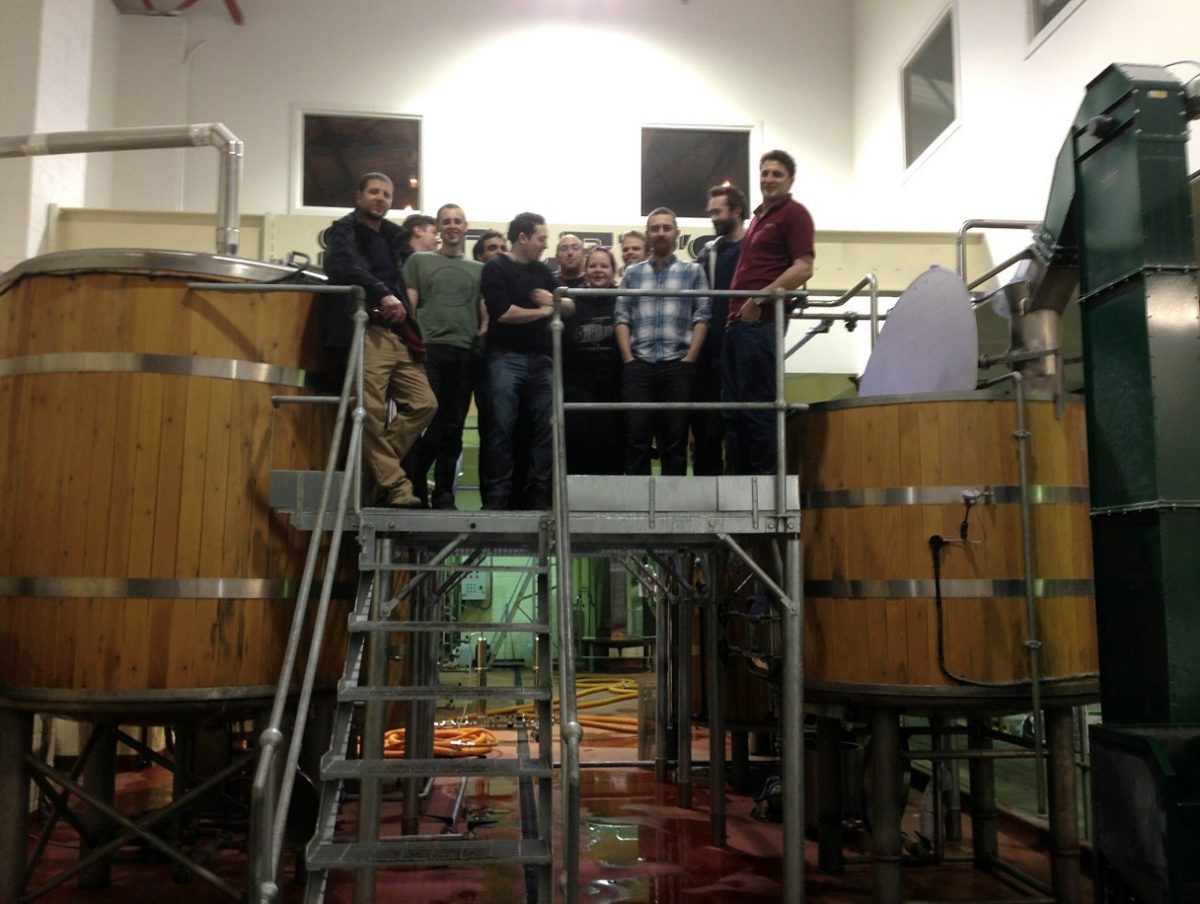Additions to the Kettle – Safety Tips
As we know brewing is a fantastic industry with great people, art, science, creativity and flavour! Additions towards the end of the boil can include; flavoursome late hops, the all-important Protafloc, yeast nutrients and a wide range of sugars spices and speciality ingredients.
However, with any process involving vast quantities of boiling sugary liquid there are risks and it is worth taking some time to give some tips from our team’s collective experiences to make kettle additions as safe as possible.
There are a vast array of brew-kettle designs out there, so this is not an exhaustive list, but it should cover some of the keys points should you have to make additions through the manway door. Feel free to post any further insights you feel are valid.
- Make sure the heat source is off! This seems like an obvious one but with the hectic brewing schedules and multi-tasking that can go on in a brewery it is easily done on manual kits with no lock out protection.
- Linked to the one above, ensure that leaks or faulty valves do not make you think you have turned off the heat source when you haven’t.
- Staff Training, structured procedures, working instructions and relevant safety equipment. This not only helps protect the people in the brewery but also the business if an accident were to happen.
- Clean chimney flue, free of blockages!
- If possible mixing/agitation to prevent “heat pockets” these can be disturbed by the additions, leading to a boil over.
- Regular cleaning of the element: This should prevent uneven heating which can produce boil over issues, alongside which it’ll also save you a bit of money through greater energy efficiency and have wort beer quality benefits.
- Antifoam: As the name suggests using this will reduce the likelihood of bubbles forming leading to extra capacity, better hop utilisation, easier cleaning and counter intuitively better final beer foam as foam positive proteins are not wasted upstream in the process. This should not be relied upon by itself as a safety measure as the safety benefits are offset by the use of the extra capacity.
- Sacrificial/test additions: A small amount say 10% of the total additions can be added to reduce the severity of nucleation affects. The rest can be even added in small stages if required.
- Having an escape route! If a boil over was to happen, keeping access free and visible so that everyone can get out of the way.
- Sharing information and best practise with other brewers. Learning from mistakes is very powerful and being open and honest about accidents & near misses may very well help protect a brewer in the future
Headline image courtesy of the Younger Members Network – Institute of Brewing and Distilling.
